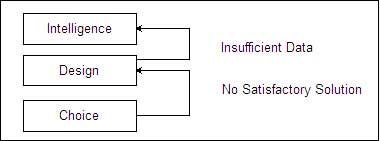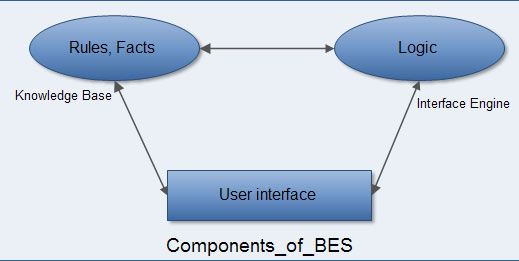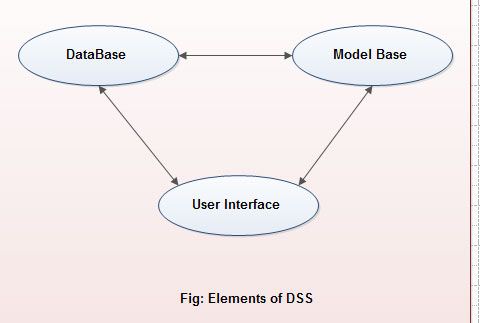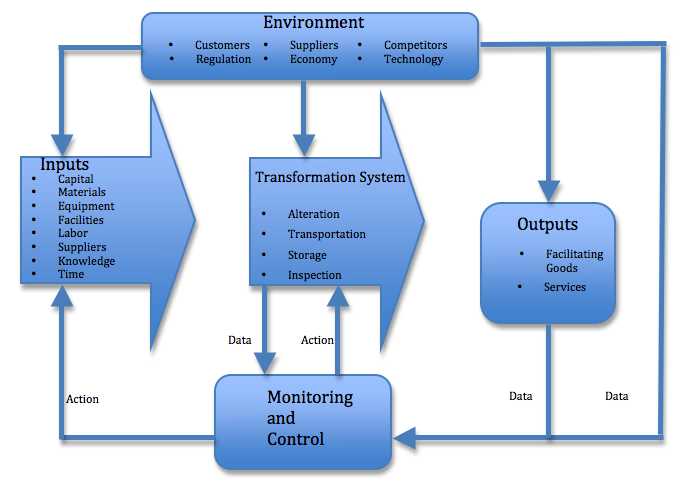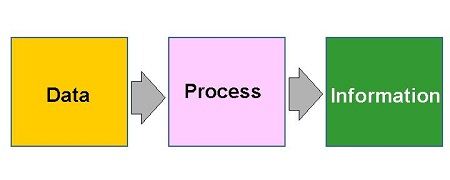The model states that the phases are organized in a Linear Order. In other words, the output of one phase becomes the input for the next phase. Various phases have already been explained under a general model of system development. The different phases of the waterfall model are:
Proposal Definition
Feasibility Study
Requirement Analysis
System Design
Coding & Testing
Implementation
System Maintenance
Limitations of the Waterfall Model. 1. The waterfall model assumes that the requirements of a system can be frozen (i.e. baseline) before the design begins. This is possible for systems designed to automate an existing manual system. But for new systems, determining the requirements is difficult, as the user does not even know the requirements. Hence, having unchanging requirements is unrealistic for such projects.
2. Freezing the requirements usually requires choosing the hardware (because it forms a part of the requirements specification). A large project might take a few years to complete. If the hardware is selected early, it is likely that the final software will use a hardware technology on the verge of becoming obsolete. It is a document driven process that requires formal documents at the end of each phase.
3. This model stresses that the requirements should be completely specified before the beginning of the next phase. But it is not possible in all the systems.

